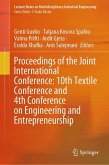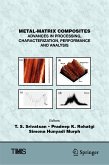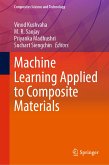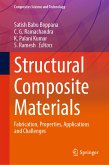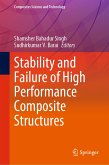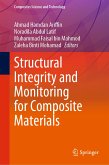This book provides detailed descriptions of material design, from the development of new materials and innovation to the promotion of social acceptance of the products invented. After developing a clay-based film and applying for many related patents, the author engaged in consortium-based development, where different companies simultaneously developed multiple products using the raw material. Throughout this process, the author discovered that developing high-value-added products using new materials requires extensive time and cooperation among various stakeholders. The author coined the term "integrated development" to describe this collaborative approach. This book serves as a guide to the integrated development, presenting numerous examples and generalizations to enable readers to practice integrated development.
This book is aimed at material experts, development leaders in companies, research institutes, and support organizations. The most important skills for each stageof development are organized into chapters in sequential order. However, each chapter is independent, allowing readers to focus on the specific chapter they need. The knowledge presented in this book can be utilized to design new materials required across various industries.
The English translation of this book from its Japanese original manuscript was done with the help of artificial intelligence. A subsequent human revision of the content was done by the author.
Dieser Download kann aus rechtlichen Gründen nur mit Rechnungsadresse in A, B, BG, CY, CZ, D, DK, EW, E, FIN, F, GR, HR, H, IRL, I, LT, L, LR, M, NL, PL, P, R, S, SLO, SK ausgeliefert werden.



